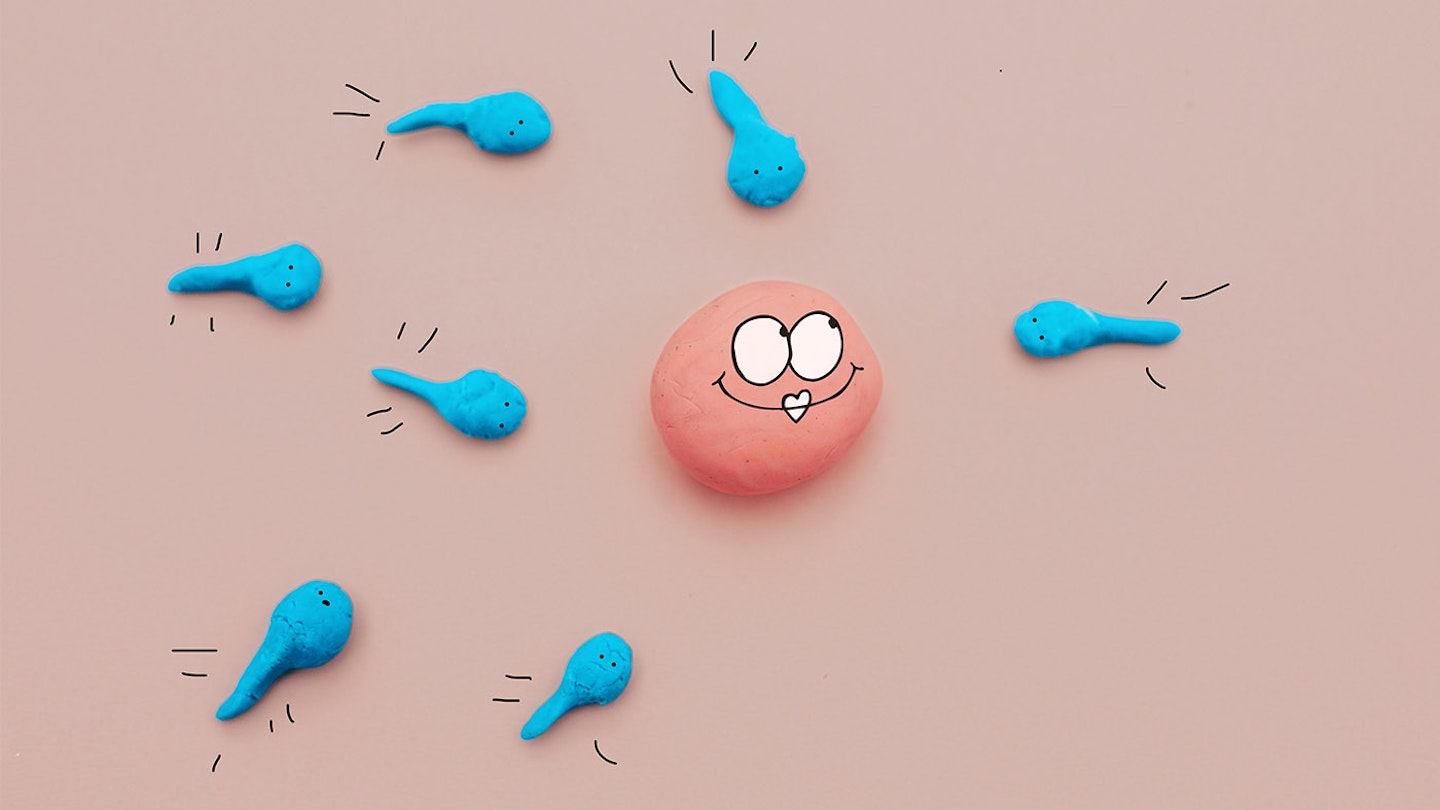Knowing and understanding what ovulation is key if you’re trying to get pregnant, as tracking when you're ovulating means you'll know the best time to be having intercourse as it's when you're at your most fertile.
Here we simply breakdown what it is, why this is the best time to have sex and how to spot when it’s happening.
What is ovulation?
Ovulation is when an egg is released from your ovaries.
Every woman is born with all the eggs she will release over the roughly 500 periods she’ll have between puberty to menopause.
Once a month a mature egg is released from the ovarian follicle from one of two ovaries. It then travels down the fallopian tube, which links the ovary and the womb (uterus), where it stays for up to 24 hours so it can be fertilised. This is called ovulation.
Day one of your cycle is always counted as the first day of your period, and it can last from around 22 to 36 days – or even shorter or longer in some cases. The average menstrual cycle is 28 days, but around half of women have a cycle that varies from one month to the next.
Why is ovulation important for conception?
You’ve probably heard that the best time to try and conceive is during your ‘fertile window’, but what does that mean and how does it link to ovulation? It can all feel a little confusing and complicated, but don’t worry it’s actually very simple.
Your ‘fertile window’ are the days during your menstrual cycle when pregnancy is most possible. This is the day an egg is released from the ovary (ovulation) and five days beforehand, as sperm can survive up to five days in your body after intercourse. Therefore having sex during these six days gives you the best possible chance of getting pregnant. Once ovulation has occurred the egg will stay in the Fallopian tube for up to 24 hours, after this, you are no longer able to get pregnant.
Your ‘fertile window’ will depend on the length of your menstrual cycle, which varies from woman to woman. The key to working it out is to know how long your cycle usually is and count backwards.
‘You need to think that you ovulate 14 days before your next period, so you need to count backwards from when your period is due,’ says Helen Kendrew, matron at the Bath Fertility Centre. If your cycle is 28 days, then that would be day 14, right in the middle, but if your cycle is shorter or longer, then that could be day 10 or day 20’, she explains.
An ovulation calculator can help you easily keep track of this.
How can I tell when I'm ovulating?
Common signs include slightly increased body temperature, vaginal mucus is clearer, wetter and more slippery in texture and you may even experience an increased sex drive. One in five women also experiences slight pain in their stomachor sore and painful breasts.
Read more about how to spot the signs of ovulation here.
How to track ovulation at home
Ovulation calculator
An ovulation calculator helps you to work out the best days for trying to conceive. All you need to do is pop in the first day of your last period and the average length of your cycle (the number of days between your periods). Give it a try here.
Ovulation predictor kit
There are two types of ovulation test kits: salivary and urine-based. You must take one test each day throughout your cycle until you find out your ovulation day. Urine ovulation tests are very similar to pregnancy tests, but instead of telling you if you are or aren’t pregnant, they tell you when you are ovulating. These test sticks or strips react with the urine, and you will get a result based on colour changes or digital readings. One of the hormones detected by these tests is luteinizing hormone, which indicates your body is trying to release an egg.
A 'saliva ferning' kit is an at-home test that uses a microscope to check your saliva. Estrogen levels increase near your time of ovulation and dried fern-like crystals appear in your saliva. These kits come with a lens and viewing scope. You drop some saliva onto the lens then, after a few minutes, check to see if the fern-like crystals are present.
• Shop ovulation test kits here.
Popular articles
19 ovulation facts you need to know if you’re trying for a baby
